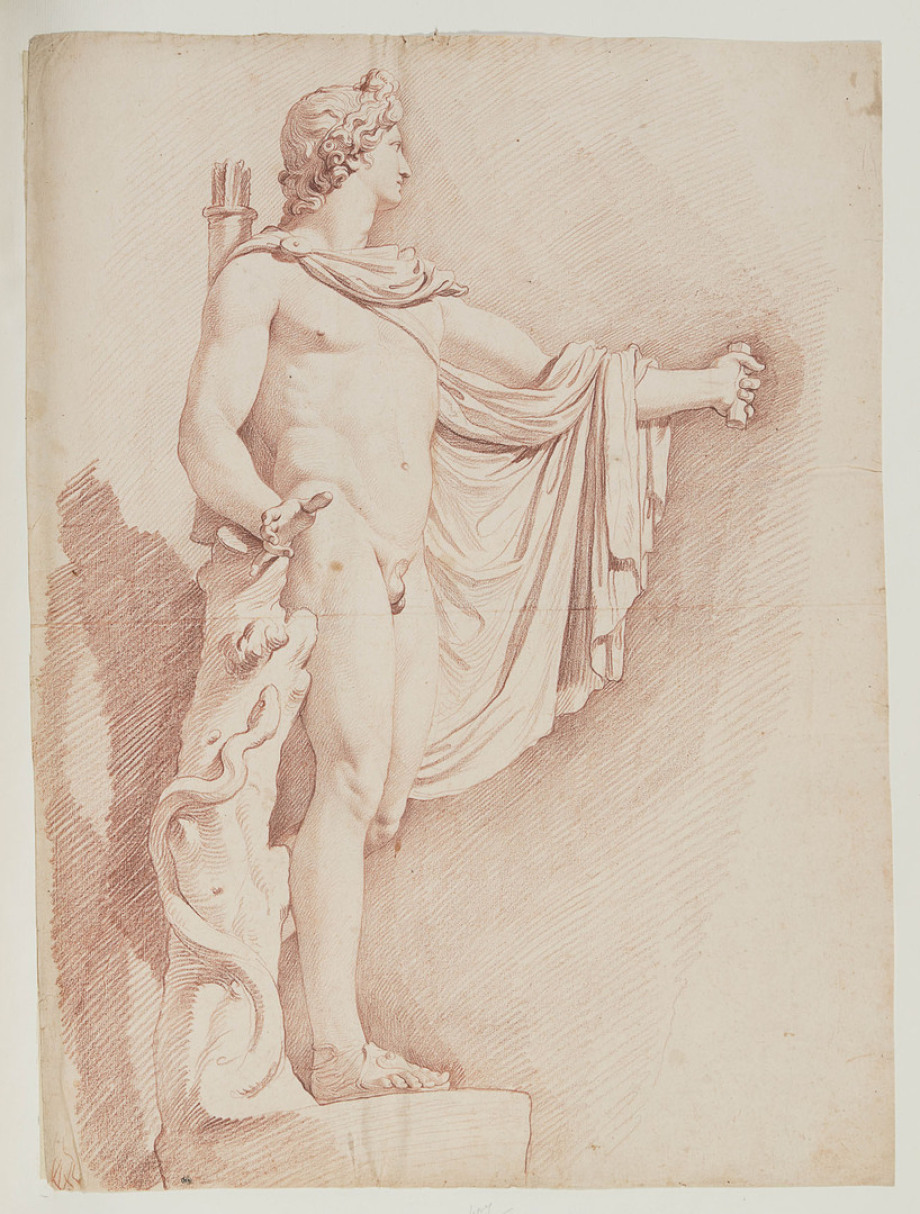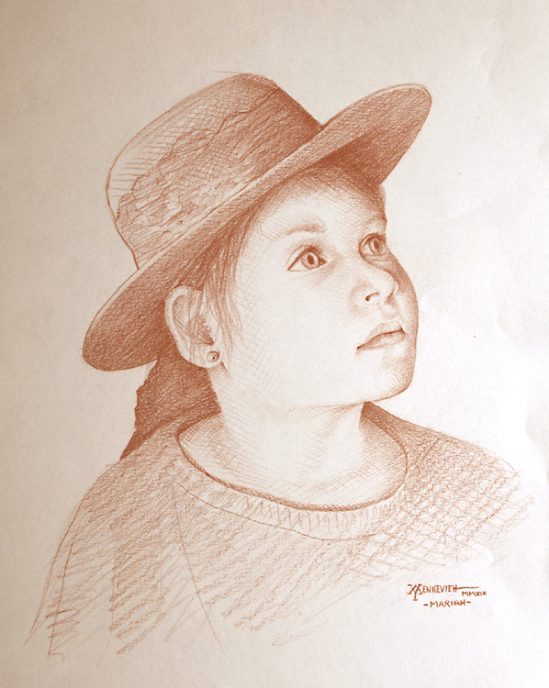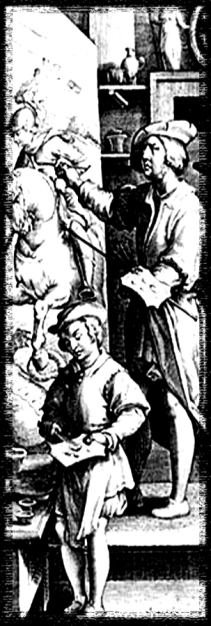Traditional Renaissance Drawing
Apollo Belvedere-Edme Bouchardon-1726
My Mariah-William Michael Yenkevich-2019
Drawing as it was perfected in the
Renaissance was both a manual and an intellectual operation. The word disegno meant both drawing and design, and in that sense conflated the two: one
drew to design, but one also implicitly designed (conceived) as one drew. The manual facilitated the intellectual, but the intellectual informed the manual as well. To draw was to think. Giorgio Vasari said drawings best reveal the mind of the artist at work. The reason they did so was that Renaissance artists not only perfected
the precision of drawing, they invested it with energy. That energy came from a certain speed. Drawing with intensity, with urgency, invested the drawing with life, which conveyed a more
immediate sense of the artist's idea.
That's why the mark, the gesture, the pen or pencil stroke, is so important a part of Renaissance drawing and makes it so different from the laborious—maybe even tedious—academic drawings of the
nineteenth-century French tradition. A Renaissance drawing is meant to be seen as a drawing, a set of marks of paper, not the equivalent of a black and white
photograph. One can also see it as an act because the process by which it was made is evident (whether Raphael's sanguine strokes or Michelangelo's pen and ink hatches). The value of studying
exemplary figures, and drawing from life, was to shape the memory, not to produce a documentation of the subject for its own sake. One draws on the Renaissance tradition to remember because Memory
(Mnemosyne) was mythically the mother of the Muses.
Drawing in the Renaissance was usually a means
toward some other end. One of the most important ends was fresco
painting. Because fresco demands speed and
sureness of touch, drawing in preparation for fresco was invested with similar energy. From the primo pensiero, or the first idea that Vasari prized so highly as a window
into the artist's mind and a sign of lively investigation, to the Modello presented to a patron, often then squared up for transfer,
to the full size "cartoon" to be transferred onto the wall, drawings were both careful and effective. Since artists were expected to work ambitiously on the wall (and were often
juggling multiple projects with many figures), fresco artists drew with a sense of urgency—not carelessness, but with the economy of gesture that comes from pushing oneself to do more, and more
quickly. Never fussy or fastidious, Renaissance preparatory drawings for frescoes are confident exercises in the description of often moving forms in light.
The Problem with the Sight-Size Method of drawing...
The Downside of Sight-Size




